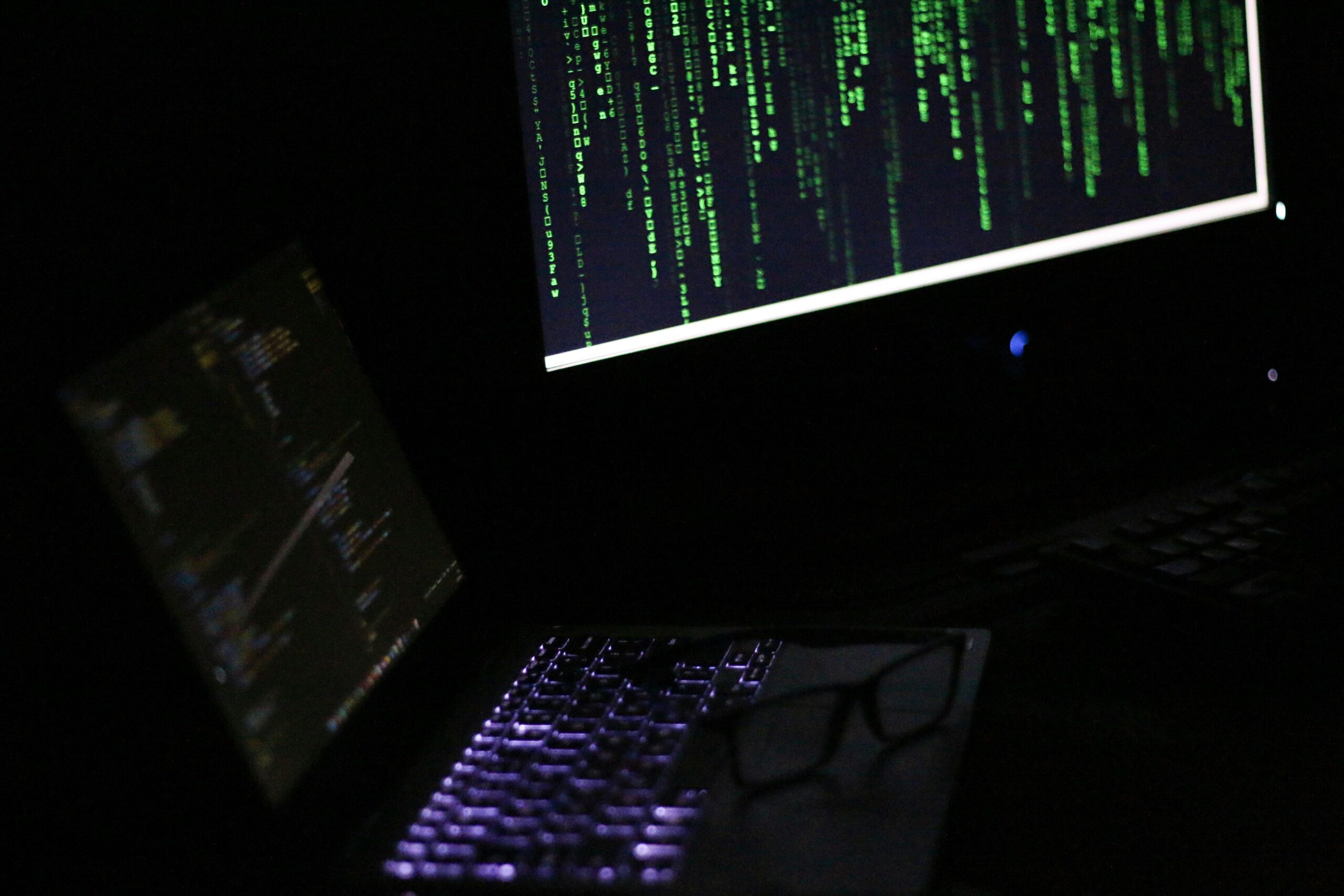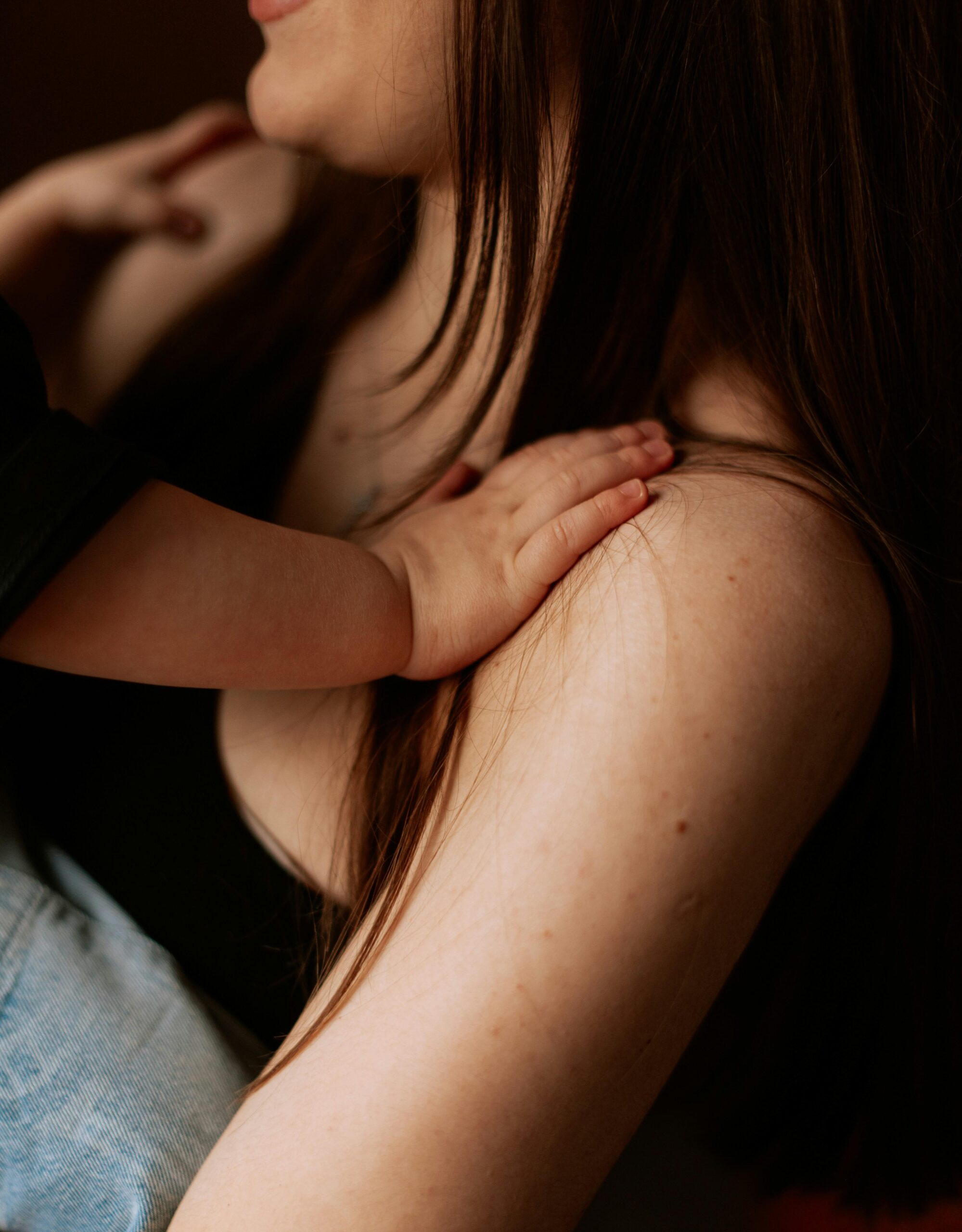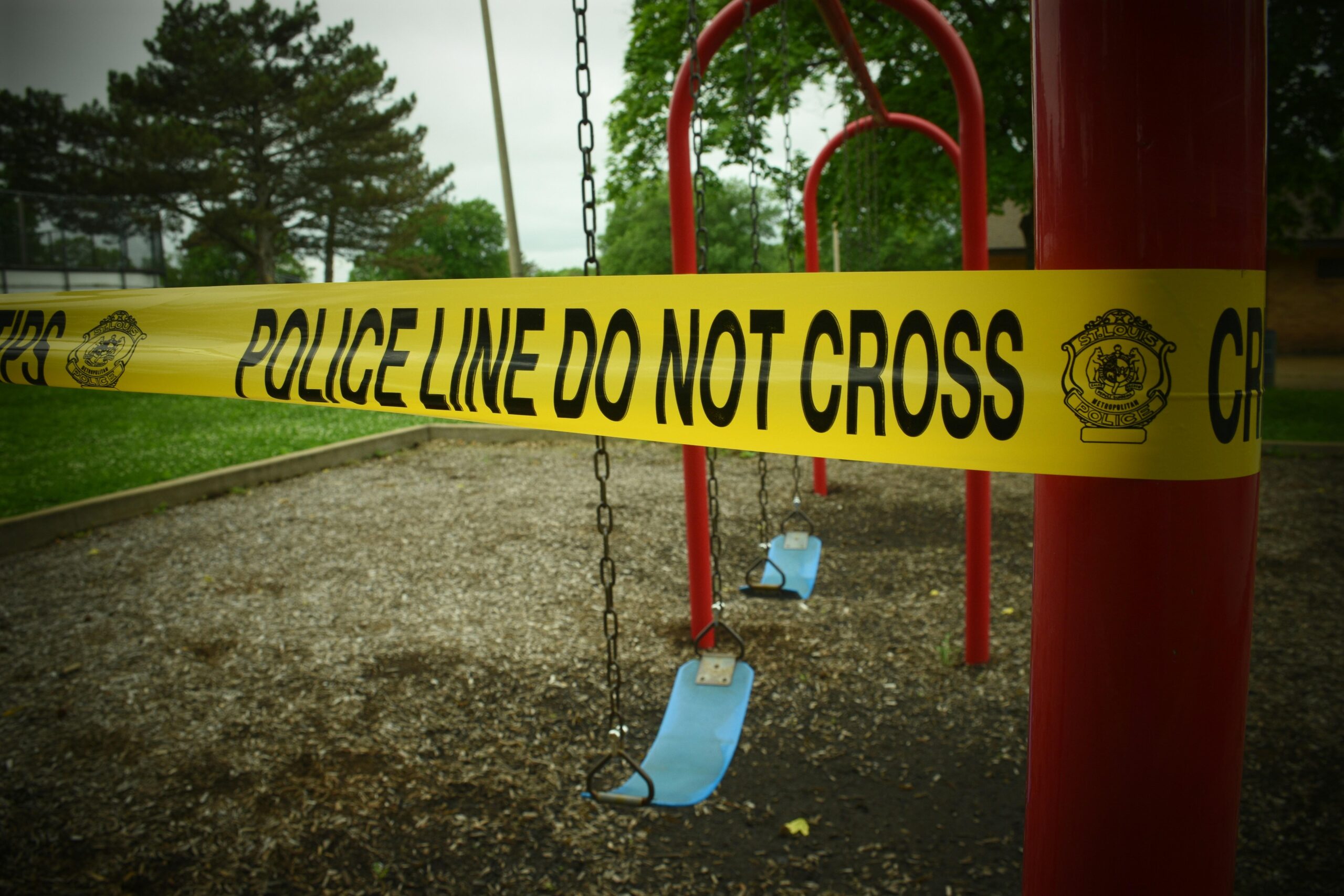When it comes to criminal sentencing, the judge’s gavel doesn’t just mark the end of a trial—it sets the stage for a person’s future. But have you ever wondered how judges decide the weight of a sentence? Beyond the courtroom drama we see on TV, there’s a complex web of legal guidelines, personal judgments, and societal influences at play. In this blog, we’re diving deep into the world of criminal sentencing to decode the often unseen role judges play in shaping justice. Get ready to uncover how they balance the scales between punishment, rehabilitation, and fairness—one decision at a time.
Table of Contents
- Understanding the Role of Judicial Discretion in Criminal Sentencing
- Exploring the Impact of Personal Biases and Legal Precedents on Decisions
- How Sentencing Guidelines Influence Judges and What That Means for Fairness
- Practical Recommendations for Balancing Consistency and Compassion in Courtrooms
- Insights and Conclusions
Understanding the Role of Judicial Discretion in Criminal Sentencing
At the heart of the criminal justice system lies a nuanced power: judicial discretion. This principle empowers judges to interpret laws and apply them uniquely to each case, ensuring that justice is not a one-size-fits-all mandate but a carefully calibrated decision-making process. Far from a mere procedural formality, judicial discretion allows the consideration of factors beyond the black-and-white text of sentencing guidelines. Judges assess the nature of the crime, the defendant’s background, societal impact, and even potential for rehabilitation before determining the appropriate penalty. This delicate balance underscores the human element woven into legal frameworks, reminding us that sentencing is as much an art as it is a science.
However, this latitude is not without its complexities and debates. While discretion offers flexibility, it also raises questions about consistency and fairness. Critics argue that it can lead to disparities in sentencing, influenced by subjective perceptions or unconscious biases. Yet, proponents highlight that strict adherence to mandatory sentencing removes context and can perpetuate injustice. To better understand this dynamic, consider how judges might weigh:
- Mitigating circumstances such as remorse or lack of prior offenses
- Aggravating factors including severity or premeditation
- Community safety concerns and the likelihood of reoffending
- Recommendations from prosecutors, defense attorneys, and probation officers
This intricate dance between law and discretion ultimately shapes not only individual fates but also the broader landscape of justice.
Exploring the Impact of Personal Biases and Legal Precedents on Decisions
Every judge enters the courtroom with a unique set of perspectives shaped by their personal experiences, societal values, and cultural backgrounds. These implicit biases, though often unspoken, subtly influence how evidence is weighed and how sentencing is determined. Understanding this human element is crucial because it challenges the assumption that judicial decisions are purely objective. Even the most seasoned jurists may unconsciously allow their worldview to sway interpretations of guilt, intent, or the perceived threat a defendant might pose to society.
Yet, personal biases do not operate in isolation. Judges continuously navigate a complex web of legal precedents that serve as guiding pillars, ensuring consistency and fairness across cases. These precedents act like a judicial compass, but they’re not infallible. Sometimes, conflicting rulings or outdated interpretations can create gray areas, granting judges a degree of discretion. The dance between adhering to established law and exercising personal judgment often manifests in decisions that reveal both the rigor of legal tradition and the nuanced humanity behind the robe. Consider the following influences:
- Socio-political climate: Prevailing public attitudes can subtly permeate judicial reasoning.
- Case-specific factors: The individual circumstances or backstory of defendants may evoke empathy or skepticism.
- Judicial philosophy: A judge’s belief system—strict constructionist or more progressive—colors sentencing choices.
How Sentencing Guidelines Influence Judges and What That Means for Fairness
Sentencing guidelines act as both a compass and a constraint for judges, steering their decisions within a predefined framework that aims to reduce disparity. These guidelines provide a range of recommended punishments for specific offenses, factoring in variables like the severity of the crime and the defendant’s prior record. While this might sound like a straightforward way to ensure consistency, it also subtly shapes judicial discretion by nudging judges toward certain outcomes. They must balance following these rules with considering the unique circumstances of each case, which can sometimes limit the nuanced application of justice.
From a fairness perspective, these guidelines introduce key dynamics that influence outcomes:
- Standardization – Ensures similar crimes receive similar sentences, reducing arbitrary or biased verdicts.
- Transparency – Provides clear expectations for defendants, victims, and the public on what punishments might look like.
- Reduced Judicial Overreach – Limits the risk of excessive leniency or harshness stemming from personal biases.
- Potential Rigidity – Can constrain judges from fully addressing the unique human elements in each case, potentially overlooking mitigating or aggravating factors.
Ultimately, sentencing guidelines serve as a double-edged sword, fostering uniformity while challenging courts to maintain individualized justice—an ongoing tension at the heart of legal fairness.
Practical Recommendations for Balancing Consistency and Compassion in Courtrooms
Judges often walk a tightrope between the need for uniformity in sentencing and the unique circumstances of each case. To navigate this, courts can implement structured discretion frameworks that outline clear parameters within which judges can exercise empathy without compromising consistency. For instance, incorporating comprehensive pre-sentencing reports that contextualize a defendant’s background and potential for rehabilitation allows judges to tailor their decisions thoughtfully, ensuring that compassion informs justice without undermining legal standards.
Moreover, fostering continuous education and peer review among judges can cultivate a culture that values both fairness and humanity. Regular workshops on implicit bias, mental health, and restorative justice techniques help judicial officers stay attuned to the complexities behind criminal behavior. Practical measures such as
- case studies highlighting compassionate rulings coupled with consistent guidelines
- collaborative sentencing panels for difficult decisions
- routine reflection sessions focusing on the ethical dimensions of sentencing
empower judges to uphold the law while recognizing the human story behind every defendant.
Insights and Conclusions
As we’ve seen, the world of criminal sentencing is far from a straightforward ticking of boxes—it’s a complex dance where judges play a pivotal role, balancing law, context, and sometimes even personal conviction. Decoding justice means acknowledging that behind every sentence lies a nuanced human story and a judge’s interpretation of fairness. It makes you wonder: how might different judges reshape our very understanding of justice? One thing’s for sure—criminal sentencing isn’t just about punishment; it’s about weaving the delicate fabric of society’s values, one case at a time. Stay curious, because the way justice is meted out will continue to evolve, and so will the stories behind the gavel.












